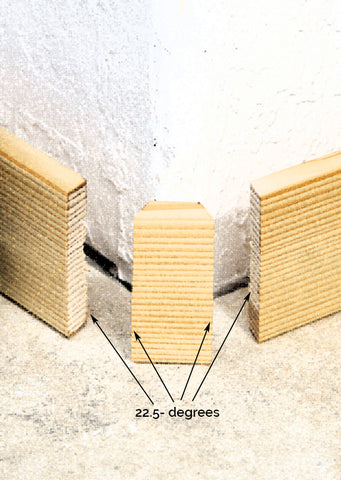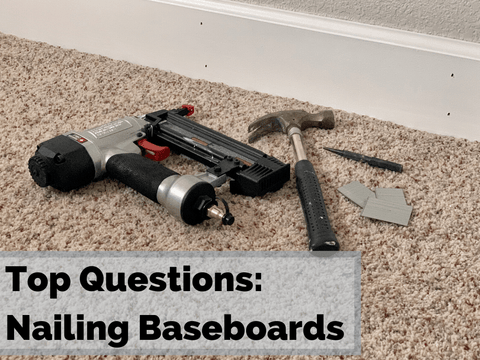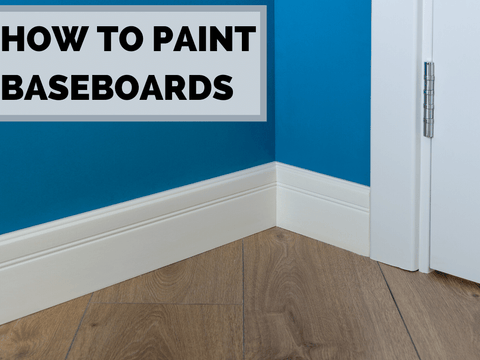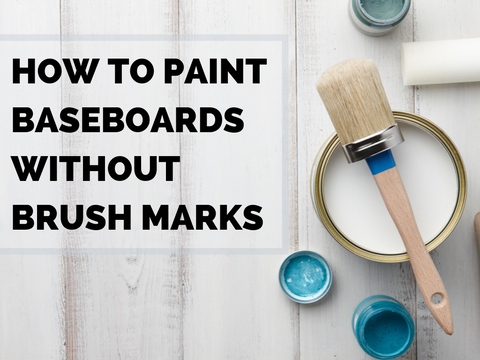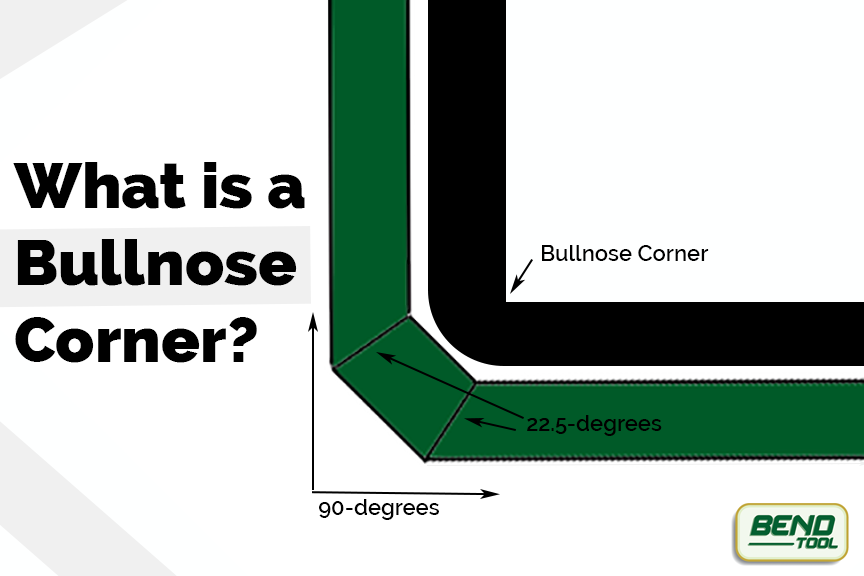
Bullnose Corners
For our purposes in finish carpentry, a bullnose corner is a rounded corner of 90 degrees. However, it has many applications outside of finish or trim carpentry, including tile, stairs, drywall, and adobe homes.
During the drywall process, rounded bullnose corner bead is installed on top of an open corner. In this case, the drywall does not touch or connect; instead, it leaves an opening. Within the opening, the rounded corner bead is installed. With a joint compound, it forms the location rounded bullnose trim corner will be installed on top of.
For most carpenters installing trim, this creates a third centerpiece made to intersect the two trim boards. Simply attaching the two boards cut with 45-degree miters leaves a gap, preventing a nice, tight fit. Instead, carpenters (or experienced DIY’ers) use a series of four 22.5-degree cuts to achieve the rounded bullnose corner look. Our product, the ¾’’ Bullnose Corner Gauge (also available on Amazon), assists in simplifying the mark and cutting part of the process when installing these rounded trim corners.
Finally, bullnose corners originated from adobe structures that use earth-based or composed of natural and organic materials. Bullnose corners are more common in newer residential architecture.



